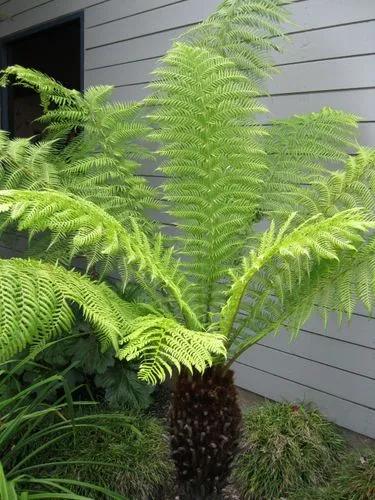Quercus velutina, the black oak, is a species of oak in the red oak group (Quercus sect. Lobatae), native and widespread in eastern and central North America. It is found in all the coastal states from Maine to Texas, inland as far as Michigan, Ontario, Minnesota, Nebraska, Kansas, Oklahoma, and eastern Texas. It is sometimes called the eastern black oak.
Black Oak Care
Quercus Velutina



Quercus velutina, commonly called black oak, is a large, deciduous oak of the red oak group that typically grows 50-60’ tall with a globular, spreading crown. This tree is primarily native to upland hills, slopes and ridges from Florida to Texas north to Maine, Ontario, Michigan and Minnesota. It is similar in appearance to red oak (Quercus rubra) with which it may on occasion hybridize. Buds are a significant difference between the two trees (hairless and smaller in red oak). Bark is almost black on mature trunks with deep furrows. Inner bark is yellow to orange. Trunk matures to 3’ in diameter. Leathery, shiny, dark green leaves (to 10” long) have 7-9 deeply incised lobes (each with 1-3 bristle tipped teeth). Leaves turn yellow to yellow-brown to dull red in fall. Terminal buds are covered with a dense, gray pubescence. Insignificant monoecious yellowish-green flowers in separate male and female catkins appear in spring as the leaves emerge. Elliptic acorns (to 3/4” long) have saucer-shaped acorn cups that cover up to 1/2 of the acorn. On mature trees, large crops of acorns usually appear every 2 to 3 years. Acorns are an important food source for wildlife (e.g., deer, squirrels, small rodents, turkeys, grouse, jays and other birds).
How to Care for the Plant

Popularity

467 people already have this plant 32 people have added this plant to their wishlists
Discover more plants with the list below
Popular articles






